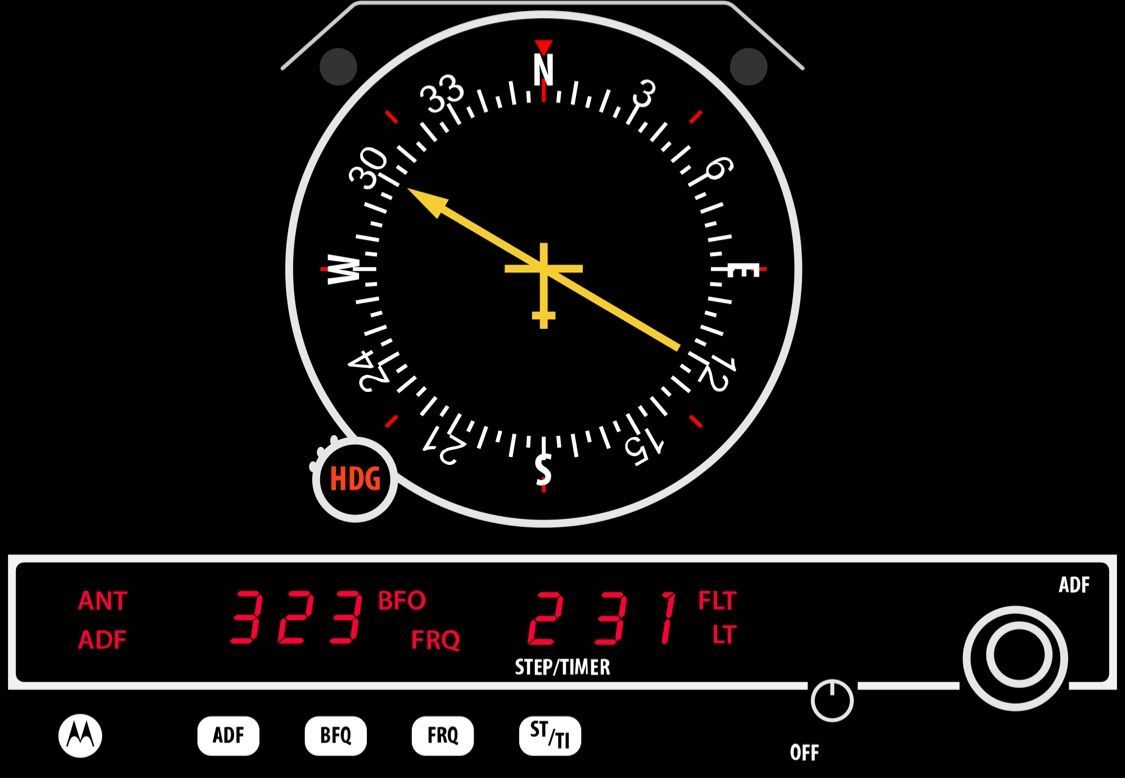NDB - Non-Directional Beacon
Posted by Manish Patil - Pilot Administrator at IndiGo (InterGlobe Aviation Ltd) on 11th Nov 2023
NDB - Non-Directional Beacon

It's a ground-based radio transmitter that emits signals in all directions.
Pilots can use NDBs for navigation by tuning their aircraft's radio equipment
to the frequency of a specific NDB and determining their direction from it.
However, NDB navigation has become less common with the advent of more advanced
navigation systems like GPS.
Non-Directional Beacons (NDBs) in aviation serve several functions:
1. Navigation: NDBs provide a means for pilots to determine their position
relative to the beacon. By tuning into the NDB's frequency and using an
Automatic Direction Finder (ADF) or a similar instrument, pilots can determine
the direction from the NDB to their aircraft. This helps in navigating along
airways, to and from airports, and to specific waypoints.
2. Waypoint Identification: NDBs often serve as waypoints on aviation charts
and in flight plans, aiding pilots in creating and following routes.
3. Approaches: NDBs are sometimes used as components of non-precision instrument
approaches to airports. They help pilots descend and align with the runway for
landing.
4. Locator Beacons: Some NDBs are used in conjunction with Instrument Landing
Systems (ILS) as locator beacons, providing additional guidance for precision
instrument approaches.
5. Weather Information: NDBs can also broadcast weather information and
automated messages to pilots, offering details on local conditions and airport
operations.
It's important to note that NDBs have become less common in modern aviation due to advancements in GPS and other navigation technologies, which offer more accurate and reliable navigation.
By Manish Patil - Indigo


